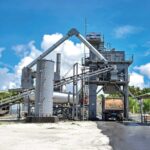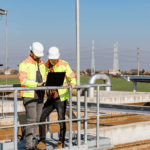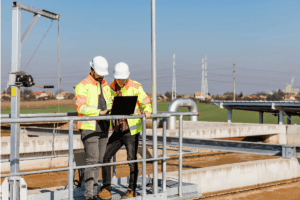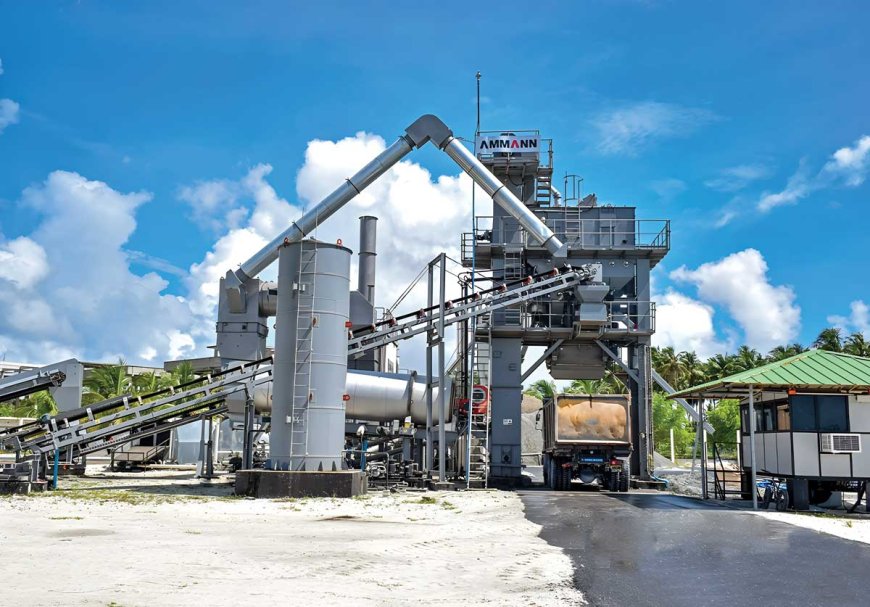
Modern infrastructure growth demands safe, sustainable, and efficient construction practices. Beneath every industrial project, soil gases can threaten safety and durability. These invisible vapors must be managed to protect both structure and environment. Proper systems transform contaminated ground into safe foundations for long-term use. Engineers and project managers must learn more about soil gas control to ensure resilient construction outcomes.
Strengthening foundation performance through gas management
Ground gases, if unmanaged, can weaken construction quality over time. Proactive mitigation ensures solid foundations for industrial projects.
- Sealed membranes reduce chemical vapor movement from subsurface layers
- Vent systems divert trapped gases away from construction zones safely
- Barrier sheets protect workers and materials from hidden soil contamination
- Piping designs assist with steady pressure equalization beneath the flooring
- Engineered materials last longer under harsh environmental conditions
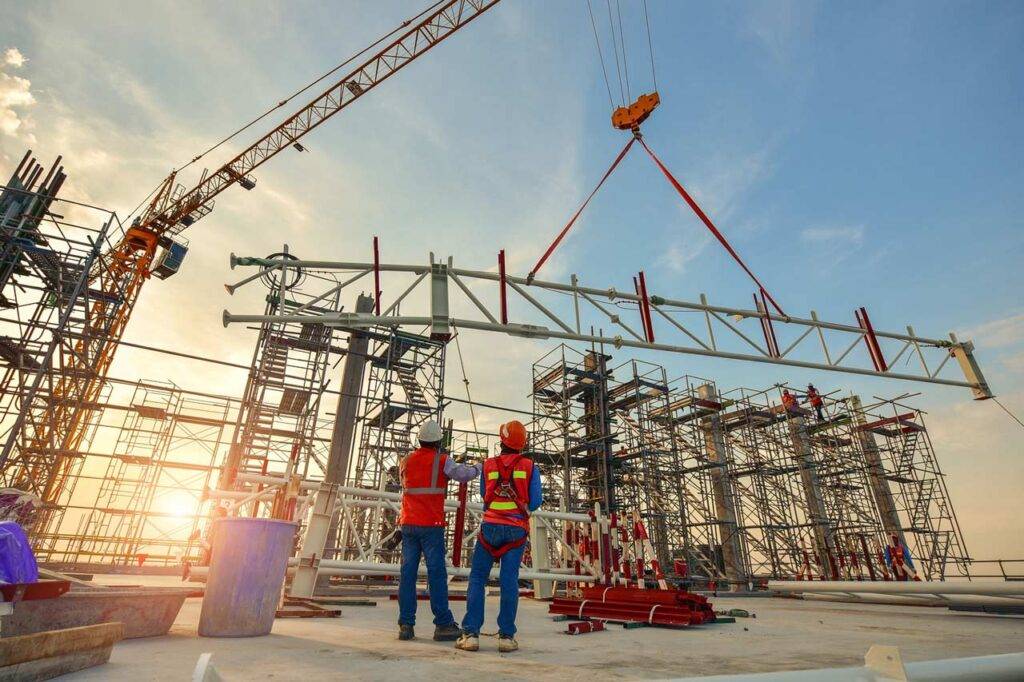
Sustainable engineering methods supporting clean development
Sustainable design starts by combining geotechnical knowledge with environmental responsibility. Controlled soil treatment enhances both safety and project performance.
- Soil stabilization techniques lower dust emissions during construction operations
- Monitoring wells detect toxic gas levels before they affect work sites
- Surface sealing reduces vapor transfer from underground contamination sources
- Active venting systems promote natural air exchange below structures
- Pre-build evaluations identify contamination risks early in project planning
Why is gas mitigation vital for industrial construction?
Soil gas movement can harm air quality within industrial settings. Without containment, vapors may infiltrate building interiors undetected. Mitigation keeps operations compliant and ensures safety over the long term.
Sustainable planning with long-term monitoring integration
Sustainable strategies extend beyond installation to include performance tracking. Engineers monitor systems to maintain safety under changing conditions.
- Active and passive methods can operate together for maximum safety levels
- Data collection ensures systems perform correctly throughout all project phases
- Adjustments can be made quickly to address environmental changes onsite
- Training workers to handle monitoring systems reduces potential exposure
- Documentation from inspections supports compliance for future audits and reviews
What defines a successful mitigation installation?
Proper installation ensures full coverage and consistent operation. Each layer must seal tightly to eliminate weak points. Qualified specialists oversee every process to ensure accurate results.
Sustainable protection through engineered soil systems
Strong infrastructure starts from the soil upward using reliable engineering. Long-term site stability grows when mitigation systems work efficiently. Materials built for endurance support safer working conditions and cleaner operations. Every decision at the foundation level shapes a project’s environmental future. For consistent performance in future developments, learn more about integrated soil gas solutions.




